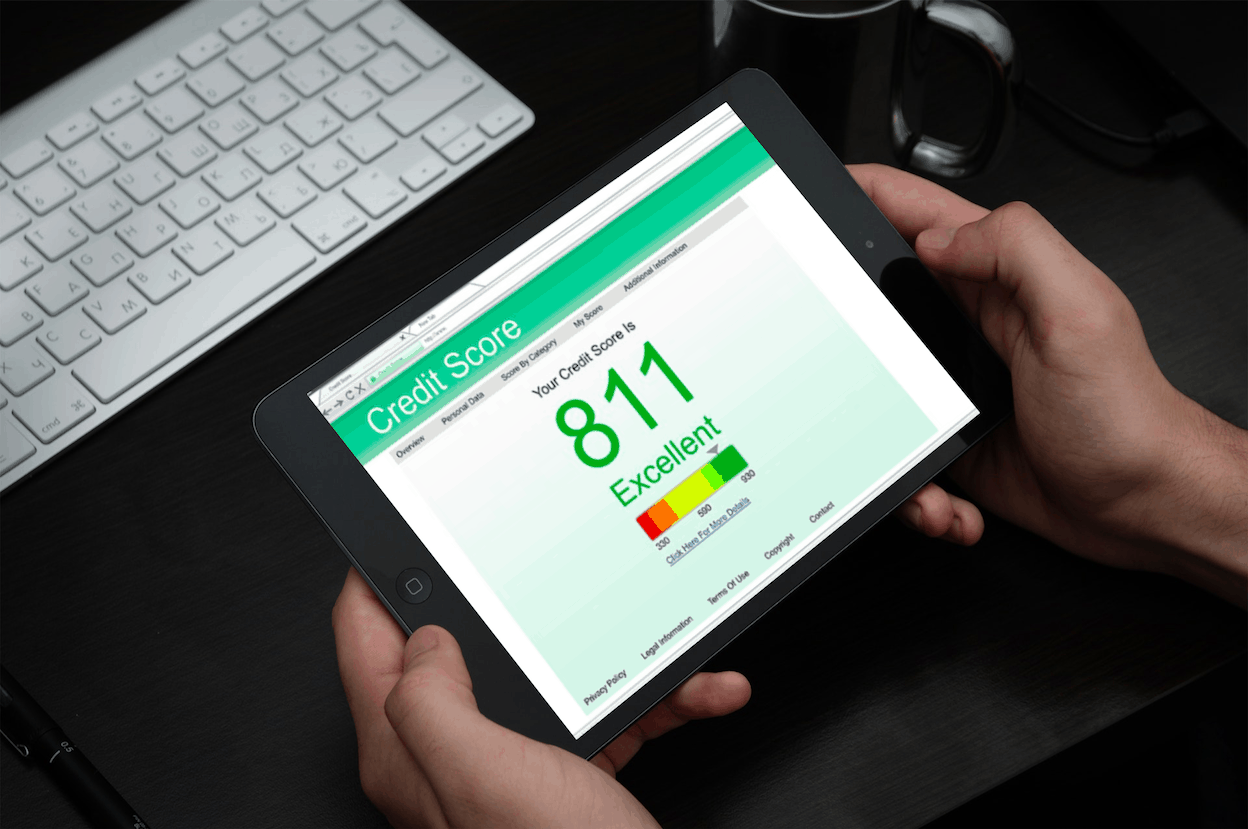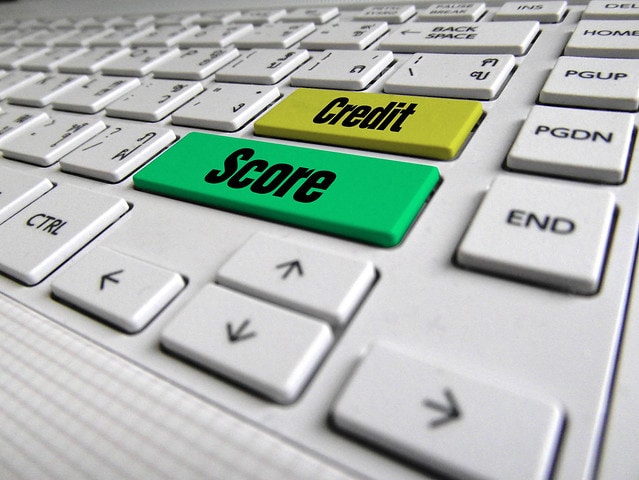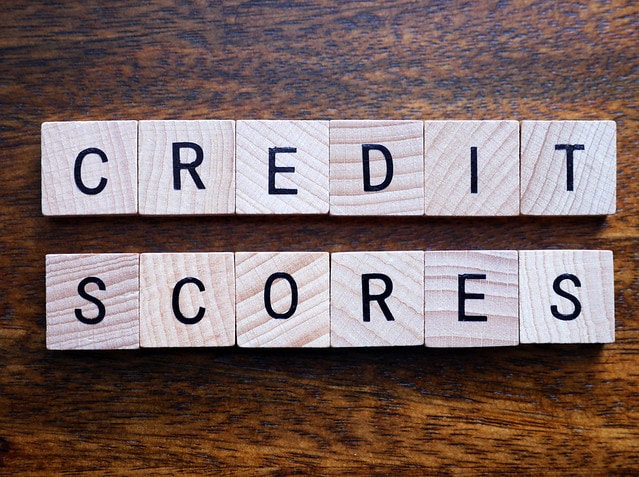How To Raise Your Credit Scores Fast
This ultimate guide will help you raise your credit scores fast. Credit repair clients always want to raise their score as fast as possible, and I understand where they are coming from. Problem is that usually, this has more to do with what they do more so than what I do. In this post, you will learn how to raise your credit scores fast. Fast, being relevant of course, meaning in 1-3 months.
Please understand that credit repair can improve your score tremendously if you have current credit accounts that can score you points.
Meaning monthly payments being made to credit cards and loans that are at least over six months old. Without current credit accounts, credit repair will not improve your credit score much.
For example, if you have 4 collection accounts on your credit report and no open credit or loan accounts and I remove all four collections, you will probably have no score or a very low score.
That’s because “no credit is the same as bad credit”. Maybe you’ve heard that saying before. I learned it early in my career as a credit specialist.
Having open credit and loan accounts will put you in a position to score points, it’s the only way to score points in fact. Your credit score is based on your ability to pay a debt, if you have no debt to pay, i.e. credit cards and/or loans, then you have no credit history.
Credit Repair is Key
Repairing your credit is a must in order to maximize your credit score. Not to mention the aesthetic value to creditors. A clean credit report is very appealing to a potential creditor. It puts them at ease. It gives them confidence in you, and that is key to being approved.
You will need to get a copy of your credit report to review and scan for errors and damaging accounts.
Once all harmful accounts have been identified, send disputes, negotiate debt, and be sure to remove old home addresses if you have lived at more than 2 addresses as an adult.
This is a good look to creditors, you don’t want to seem like you move around a lot, that will make them insecure.
Get Credit Reports
You can obtain your credit reports for free by going to freecreditreport.com or annualcreditreport.com. If you have already received your annual free credit report you can use credit monitoring services such as privacyguard.com or creditchecktotal.com. You can access all 3 reports and scores for only $1 during the free 14-day trial. I have my clients use these services to access their reports. Once you get your reports you will need to perform an audit.
Credit Report Audit
It is imperative that you audit your credit report and identify errors. Over 70% of credit reports contain errors. These errors may be costing you points.
You will also need to look for derogatory accounts/items such as late payments, collections, charge-offs, public records, unauthorized inquiries, etc.
Dispute these accounts based on any errors you may see. Challenge any incorrect information you spot. It could be an inaccurate date, balance amount, limit amount, incorrect personal information, etc. Literally, any piece of info that is incorrect may be and should be disputed.
Auditing the credit report may be the most important thing you do. Do not take this task lightly. Pay attention to the details, it may be a major key in increasing your credit score fast.
After auditing your credit reports it’s time to create and send out your disputes.
Disputing Inaccurate Items
The dispute process is the main battleground between you, your creditors and credit bureaus. Understanding your rights will make you a formidable foe. Please do yourself a favor and read all you can about the Fair Credit Reporting Act and Fair Debt Collection Act. This will help you advocate for yourself effectively.
One dispute round takes 30 plus days to complete. The bureaus legally have to give your creditors 30 days to respond to a dispute, if they do not respond in 30 days that item is either removed or updated to the status you requested.
If your creditor does respond, the credit bureaus will update your report to reflect the information your creditor provided. If your first dispute round is not successful you will need to move to phase two: Validation of debt.
This is when you force your creditor show proof the debt is yours. It’s an advanced disputing method and you may need assistance from professionals for this. For a free credit consultation just click here.

Never Close a Credit Card
Take heed to the advice that is about to be given to you.
DO NOT CLOSE CREDIT CARD ACCOUNTS.
DO NOT STOP USING YOUR CREDIT CARDS.
If you close a credit card account you lose that payment history, which accounts for 35% of your score.
See my previous post, “5 Reasons Your FICO Score is Low” to learn the 5 factors FICO uses to calculate credit scores.
My father had a credit card that was charging him a fee annually and he was tired of paying it. He kept asking me should he just close the card down. My answer was always the same; NO! Against my advice, he closed the account and his credit scores dropped.
The reason I did not want him to close that account was that the credit card was at least 10 years old. He effectively turned an account that was scoring him points monthly into a non-performing account.
Of course, I gave him the, “I told you so”. A better course of action for him would have been to request a better credit card and see if the payment history could have been transferred to the new card.
Again, DO NOT close any credit card accounts. Moving forward, you will also need to use your credit cards monthly.
Use and Pay Down Credit Cards Monthly
It is not enough to just keep your credit card accounts open. If you do not use your credit cards monthly your bank will close your credit card. That also happened to my father, but it has happened to a countless number of consumers.
To avoid this setup autopay on your credit cards with some recurring bills like utilities that have fixed payments, or accounts like gym memberships, Netflix, Hulu, Spotify, etc. that way there will be activity monthly on each credit card you have.
Then, pay your balance down a few days later and leave a 1-3% balance. Never let the balance go over 50%, ideally not over 30%.
For example, if you have a credit card that has a limit of $100 and you make a purchase then pay it down to 1-3% balance, the remaining balance would be $1-3 dollars.
Increase Your Credit Limit
If you are not in a position to pay down credit card balance you can request an increase in your limit. Your credit card company may or may not oblige you. If they do that will decrease your credit utilization, which will in return improve your credit scores.
For example, if you have a $1,000 credit card that is maxed out, and you are given a credit limit increase of $1,000 then your credit utilization would go from 100% to 50%. Be sure to not increase your balance once you have been granted a limit increase.
To obtain this increase you only need to call ask your credit card company to increase your limit. When you make a limit increase request your creditor will perform a hard credit pull, a.k.a. Inquiry. So this will cost you a few points.
Increase Credit Limit Without Losing Points
Here’s a tip that I give my clients to achieve a credit limit increase without asking for one, hence not hard inquiry or points lost. Credit card companies reward their customers when they make them money.
Consumers make them money three ways: transaction fees, interest, and cardholder fees. The two to focus on would be transaction fees and interest.
The more transactions you make, the more money they make, the more they like you. They make a 1-4% transaction fee that they split with merchants.
When you don’t use your credit card, they tend to close your account. Increasing the number of transactions will encourage your creditor to increase your limit.
Interest is important to credit card companies because they make tons of money from it. With credit card interest rates ranging from 14% to over 30%, you can see why.
That is why it is important for you to leave some meat on the bone for them. However, you only need to leave a balance that is 1-3% of the limit. Do not pay the balance down to $0.

Use Credit Card As If It’s Your Debit Card
To encourage a credit limit increase you want to charge more than what your limit is within a month. How do you do that you ask? Easy, just use your credit card as if it’s your debit card throughout the month and pay it down at least twice a month.
Let’s say you have a $1,000 credit card. You would need to charge anywhere from $1,000 to $1,500 each month. In the first two weeks, you could spend $800 and make a payment to lower the balance down to 1-3% of the limit.
For the next two weeks spend anywhere from $200 to $700 and make a second payment to reduce the balance to below 30% of the limit, ideally 1-3% to avoid a high-interest fee.
Eventually, your creditor will see that you spend close to or more than your limit each month, and at the same time, you make timely payments.
This will give them confidence in your ability to handle a higher credit limit. This method works.
Make sure you only do this when you have the funds to make payments to keep the balance low so you are not negatively affecting your credit utilization.
Call your creditor and ask the specific day each month they report your account information to the credit bureaus. Make your payment at least 5-7 days before that date each month to keep credit utilization low.
Open New Accounts
If you cannot increase your credit limits by asking or encouraging then you can lower your utilization by opening new credit card accounts. This will quickly lower your utilization and score you points.
Credit utilization is calculated in two ways. Individually, and combined. By opening a new credit card account you would be improving your combined utilization.
A person with a maxed out $1,000 credit card can apply and obtain a new credit card with a $1,000 limit. Changing their overall credit utilization from 100% to 50%.
Keep in mind that opening a new account will initially decrease your score because it will bring down your length of credit history and it will count as a new inquiry.
Only apply for up to three credit cards to minimize the inquiries. Otherwise, you will not only lose over 10 points, but you will also look desperate and risky to creditors.
Avoid Allowing Current Accounts to Default
Do everything in your power to prevent a current credit card or loan from defaulting and going into collections. Every 30 days that you are late can decrease your credit scores by 50-100 points. Treat late payments seriously.
If you know you will be late contact your creditor and explain why and ask that they not report the late payment to the credit bureaus.
By keeping your payment history in the, “paid as agreed” status you will keep collecting points for increasing your payment history each month.
Prevention is key. Create a list of all your credit and loan accounts and set up autopay through your bank. This will give you peace of mind that your bills are being paid on time.
Authorized User Accounts
This is an old trick that still gets the job done well. Authorized User accounts, also known as piggy-backing, is a great way to rapidly increase your FICO scores. An authorized user account is a credit card that you have been added to by the credit card holder.
Once added as an authorized user, the payment history and credit utilization from this card is added to your credit report file.
This can take anywhere from 2-6 weeks to report on your file. Once it hits your file, your credit scores will increase. Go to my previous post, “5 Credit Tips to Increase Your FICO Scores” to learn more about authorized user accounts.
Conclusion
Raising your credit score can and should be done in many ways. You want to attack all fronts. You have learned the many ways you can improve and increase your FICO credit scores. Take action and start raising your credit scores now!
Below are some more resources for you to use to learn more about raising your credit scores.
CREDIT TALK RELATED BLOGS
5 REASONS YOUR FICO SCORE IS LOW



